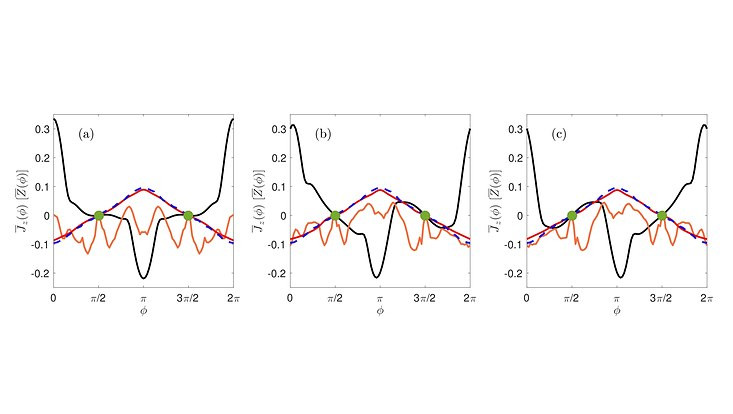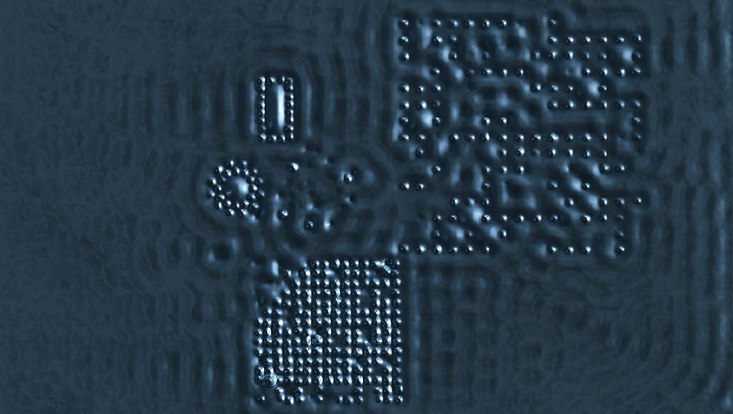Asymptotic population imbalance of an ultracold bosonic ensemble in a driven double-well
1 September 2020

Photo: UHH\Peter Schmelcher
Trapping of ultracold bosonic atoms in a one-dimensional double-well potential constitutes a prototype system for the investigations of the tunneling dynamics. Such a system represents a bosonic Josephson junction (BJJ), an atomic analogy of the Josephson effect initially predicted for a Cooper pair tunneling through two weakly linked superconductors.
In this work, we extend our explorations by bringing the system into the out-of-equilibrium regime.
Upon a periodic modulation for the depth of the two wells, we illustrate that the ultracold manybody
bosonic ensemble can exhibit a population imbalance between the two wells at large
timescales. In particular, we demonstrate the specific form of the driving force should break both
the spatial parity and the time-reversal symmetries in order to obtain such an asymptotic
population imbalance (API). We show that API value can be flexibly controlled by changing the
phase of the driving force and the total number of particles. While the API is highly sensitive to the
initial state in the few-particle regime (cf. Fig. 1), this dependence on the initial state is lost as we
approach the classical limit (cf. Fig. 1, all blue dashed lines). We perform a Floquet analysis in the
few-particle regime and an analysis based on a driven classical non-rigid pendulum in the manyparticle
regime. Although the obtained API values in the many-particle regime agree very well with
that obtained in the classical limit, we show that there exists a significant disagreement in the
corresponding real-time population imbalance due to quantum correlations.
Original publication:
“Asymptotic population imbalance of an ultracold bosonic ensemble in a driven double well”
Physical Review A 102, 033302 (2020)
DOI: https://doi.org/10.1103/PhysRevA.102.033302
Jie Chen, Aritra K. Mukhopadhyay, and Peter Schmelcher


